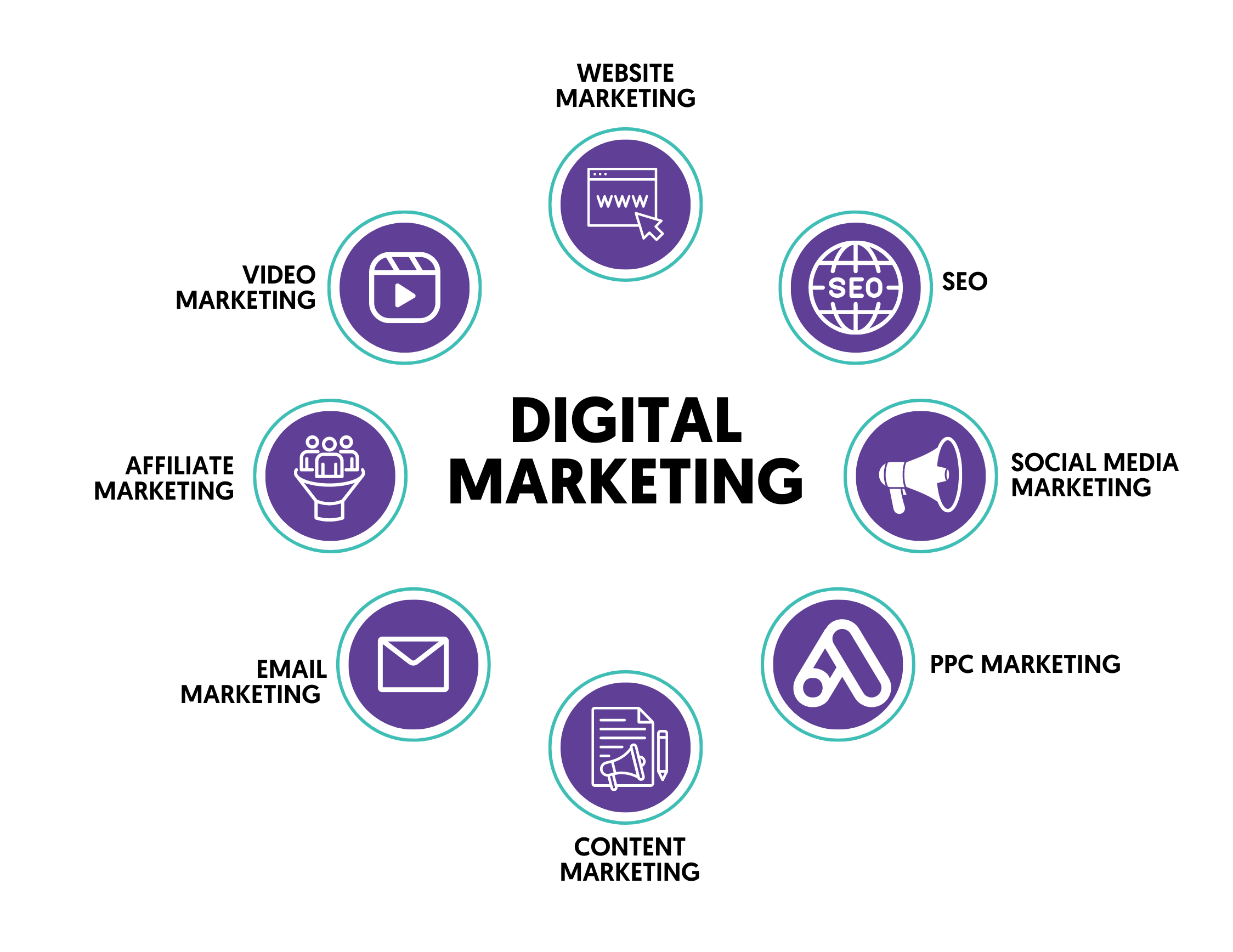Explore the Boundless Possible of Web Design: Igniting Digital Innovation
Explore the Boundless Possible of Web Design: Igniting Digital Innovation
Blog Article
Enhance Individual Experience and Drive Web Traffic With Receptive Internet Style
In today's electronic landscape, where individuals are accessing internet sites from a multitude of gadgets, receptive web design has come to be extra essential than ever. With its capability to adapt and perfectly adjust to different screen sizes, responsive style not just boosts user experience but additionally drives web traffic to your site. Why is this layout strategy so critical? Just how does it enhance customer engagement and rise website traffic? In this conversation, we will discover the key elements of efficient receptive design, look into the very best methods for its application, and uncover the keys to boosting customer experience while driving more traffic to your site.
Why Responsive Internet Design Issues
Receptive website design is an essential element of modern-day internet advancement due to its capacity to guarantee optimum individual experience throughout numerous gadgets and screen dimensions. With the spreading of smart devices, tablets, and various other mobile gadgets, it has ended up being important for web sites to adjust and supply seamless capability despite the tool being made use of.
The key reason responsive internet style matters is that it enables customers to have a delightful and consistent searching experience, no matter the device they are making use of. A responsive website instantly readjusts its web content, layout, and design elements to fit the screen dimension and resolution of the gadget, ensuring that individuals can easily interact and browse with the internet site with no aggravation or irritation.
Additionally, responsive website design also plays a significant function in search engine optimization (SEARCH ENGINE OPTIMIZATION) Online search engine, such as Google, focus on sites that are mobile-friendly and responsive in their search outcomes. By including receptive style principles, sites can boost their presence and position, resulting in raised organic website traffic and prospective customers.

Boosting Customer Engagement With Responsive Layout
Enhancing individual interaction is an essential goal of receptive layout, as it makes certain that customers can conveniently gain access to and communicate with internet site web content on any device. With the raising use of tablet computers and smartphones, it is important for websites to adjust to various screen sizes and resolutions. Responsive style enables web sites to instantly change their layout and web content to provide a seamless customer experience throughout devices.
One of the major ways receptive design boosts individual interaction is by decreasing lots times. With a responsive site, users do not need to wait for different mobile variations to load, resulting in quicker accessibility to web content. This better rate results in higher individual complete satisfaction and motivates them to spend even more time on the site.
Furthermore, responsive style boosts customer engagement by boosting navigation and interface (The Ad Firm web design agency). When an internet site is made responsively, menus and buttons are optimized for touch communications, making it less complicated for customers to interact and navigate with the site on their mobile devices. This easy to use and intuitive experience maintains customers engaged and motivates them to explore more of the internet site
In addition, responsive design enables much better web content presence and readability. By adapting the design and typeface dimensions to various tools, responsive sites make sure that individuals can quickly recognize the content and read. This enhances user involvement by reducing the requirement for zooming or scrolling to review the message.
Boosting Web Site Traffic With Responsive Website Design
With the expanding appeal of smart phones, having an internet site that is responsive to different screen dimensions and resolutions is vital for driving enhanced website traffic. In today's digital landscape, users are accessing internet sites from a variety of gadgets such as smart devices, tablets, and home computer. Each of these gadgets has various screen dimensions and resolutions, and if your web site is not created to adapt to these variations, it can bring about an inadequate customer experience and a loss of possible website traffic.
Responsive internet style makes sure that your website looks and works optimally across all tools. By utilizing flexible grids, fluid pictures, and media queries, responsive layout allows your internet site to instantly adjust its layout, navigating, and content to fit any screen size. This implies that individuals will certainly have a seamless browsing experience regardless of whether they are utilizing a big desktop or a little smartphone computer.
Crucial Element of Effective Receptive Layout
Efficient receptive style includes a number of crucial elements that guarantee a seamless individual experience across various tools. One of these components is adaptable grids and designs. By using family member units like portions as opposed to fixed devices like pixels, developers can produce layouts that adapt and scale to fit different display sizes. This enables web content to be presented in a visually attractive and legible fashion on any type of device.
Another essential component is media queries. These enable designers to use different designs and designs based upon the qualities of the user's gadget, such as display size and positioning. By utilizing media queries, developers can optimize the discussion of web content for every tool, making sure that it is understandable and conveniently available.
Receptive pictures are also vital in efficient responsive layout. Photos that are too huge can decrease web page tons times on mobile phones, while images that are as well tiny might appear pixelated on larger displays. By utilizing techniques such as receptive image resizing and careless loading, developers can ensure that images are suitably sized and maximized for each and every gadget.
Last but not least, effective receptive layout involves a mobile-first approach. This means prioritizing and creating content for mobile phones first, and after that boosting the layout and broadening for bigger screens. This technique makes sure that one of the most essential material is quickly available on smaller displays, while still supplying an abundant experience on bigger gadgets.
Best Practices for Implementing Responsive Website Design
Applying receptive website design calls for mindful factor to consider of different ideal techniques to make certain an ideal user experience across various gadgets. Right here are some vital finest it web design practices to adhere to when implementing receptive website design.
Firstly, it is vital to focus on mobile customers. With the enhancing dominance of smart phones, developing for mobile-first has ended up being vital. Begin deliberately for smaller sized screens and after that gradually enhance the layout for larger displays.

An additional crucial ideal technique is to optimize photos for various display resolutions. Huge images can slow down the packing time of your site, especially on mobile phones with slower connections. Usage receptive pictures that can be resized based on the gadget's display resolution to improve efficiency.
Additionally, test your internet site on various devices and display dimensions to ensure a seamless and constant experience. There are numerous testing devices readily available that can assist you recognize visite site any kind of concerns and make required adjustments.
Lastly, focus on functionality and accessibility. Guarantee that your site is very easy to browse, with concise and clear content. See to it that your web site is easily accessible to individuals with disabilities and complies with accessibility standards.
Final Thought
In conclusion, responsive internet design plays an important duty in more info here improving customer experience and driving website traffic to web sites. By embracing receptive style concepts, internet sites can guarantee optimal viewing experiences throughout different devices, leading to increased customer interaction (The Ad Firm web design agency). Responsive layout can also contribute to greater site traffic as it improves search engine rankings and assists in easy sharing of material. Companies need to concentrate on carrying out the essential elements and best practices of responsive layout to properly satisfy the needs of modern-day customers.
Enhancing customer engagement is a key goal of receptive design, as it makes sure that individuals can easily access and communicate with website content on any kind of gadget. Responsive layout allows sites to automatically readjust their design and material to offer a seamless customer experience throughout devices.
Furthermore, receptive style enhances user engagement by enhancing navigation and individual interface.Responsive photos are likewise crucial in effective responsive style. By adopting responsive design principles, web sites can ensure optimum watching experiences across different gadgets, leading to boosted user interaction.
Report this page